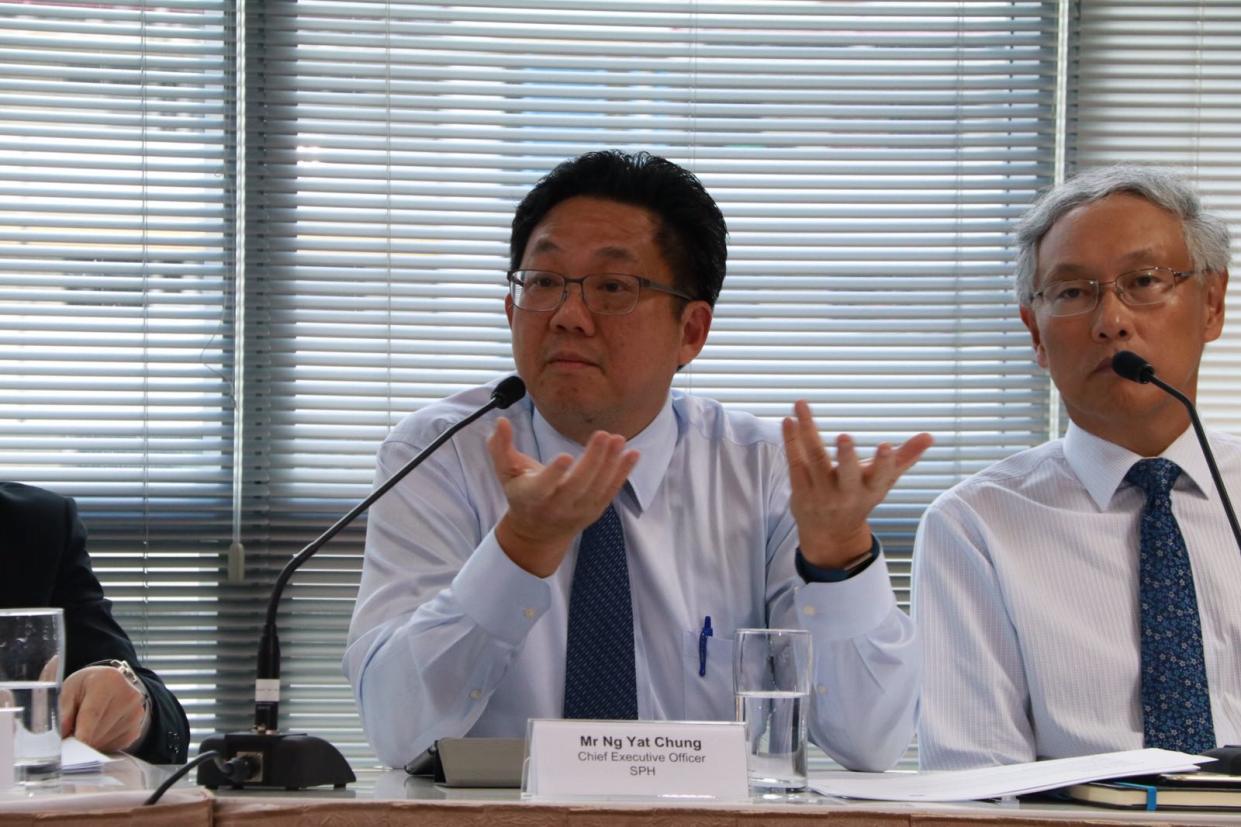COMMENT: Singapore media executives fumble retrenchments

After days of speculation, the axe finally fell on Thursday (12 October) as Singapore Press Holdings, under a new CEO, accelerated the process of cutting a tenth of its work force. A total of 130 were let go last week and another 100 will lose their jobs by the end of the year. Two weeks ago, 40 people lost their jobs as Today bit the bullet and went fully digital, surrendering the print market to its rival, The Straits Times.
Both retrenchment exercises exposed a corporate culture that is clueless and inexperienced in carrying out these painful decisions. That culture has been embedded in a DNA that is out of touch with the new reality of a brewing storm of job dislocations brought on by digital disruption.
Singapore has had an easy ride on the jobs front. The government spin was that unemployment only happened elsewhere, that Singapore was an oasis of job security. But the numbers tell the real story: the overall unemployment rate was unchanged at 2.2 per cent in June 2017 compared with three months earlier, but the nagging fear of layoffs is now ever-present as 3,500 people lost their jobs in the second quarter of this year. Such losses are likely to hit 12,000 for the full year.
SPH and, to a lesser extent Today, have been caught with their pants down as they floundered in handling a precarious human situation.
Media giants floundering

Some SPH staff were shocked when they came to work only to find out that they could not log on to their computers. It seems the IT department was too quick on the draw and acted even before the retrenched were told of their fate. A source said the computer shutdown for those affected was actually to take effect two to three hours after the announcement. “For the first time, they were efficient,’’ said a cynical journalist.
The compensation packages were generous, but not for all. For example, a staff member at Today who had just hit 60 was given retrenchment terms different from those offered to younger staff. “If I had gotten what others were offered, my package would have been $30,000 more. I was a pioneer at Today having served the paper since its inception in 2000. I felt a sour taste in my mouth,” he said. A member of the SPH editorial team was also unhappy that the management did not acknowledge his many years of service in the company. “I would have expected that at the very least,” he said.
Another source confirmed a report that top editor Warren Fernandez told Straits Times staff about the paper’s intention to recruit more foreign desk journalists to compete with US newspapers in the region. Now, why would anybody want to say that to staff under siege and facing an uncertain job future?
Even those not axed felt lousy. “My poor staff is paying the price for the top management’s incompetence,” said one supervisor. That sentiment is resonating online, with one contributor saying these companies should have found ways to tackle the disruption earlier and only used the retrenchment route as a last resort.
Letting good people go
Retrenchments are painful exercises and nobody, whether from management or employee ranks, is ever fully prepared for a life-changing experience. More than 30 years after I had to give retrenchment letters to some staff in the New Nation, the pain of that memory is still vivid.
One of them was my chief reporter, and I was totally unprepared. I did not know what to say, or how to pitch the decision in a humane way. When he walked into the room, I blurted out: “I believe you know what this is all about. I hope you will take it in the right spirit.” He smiled, took the letter and vanished as quickly as he came in. Till today, I don’t know if I did the right thing.
Thirty years later, the management at the two publishing houses were, like me, totally unprepared for the cruel reality of retrenchments. What has made the layoffs even worse, and unacceptable, is that both companies remain profitable. Yes, SPH profits have been going down but it is still a company with a yearly revenue of more than $1 billion.
Today’s performance is not so good with pre-tax profits dropping from $10 million in 2014 to $6 million in 2015 and $3 million last year. Going fully digital will save it an estimated $20 million a year in printing costs. Couldn’t that saving have been used to stave off the job cuts? Then there is the stark point made by an SPH supervisor: Why should the staff pay the price for a management that has been dragging its feet on taking bold and decisive steps to face the harsh downsides of a digital disruption in the media industry?
The job market is in a churn. Both employees and employers need to come to grips with this new reality as Singapore tries to navigate choppy waters. Don’t be surprised if entire industries get wiped out of existence. Sugarcoating such eventualities will only make retrenchments, when they finally happen, more traumatic. The time has come to prepare for the dark new world.
P N Balji is a veteran Singaporean journalist and the former chief editor of Today, as well as a former editor at The New Paper. He is currently a media consultant. The views expressed are his own.
Related stories
SPH news aggregator site AsiaOne to shut down
COMMENT: Today goes fully digital – what’s next for Singapore media?
COMMENT: Singapore presidency with an asterisk and a government that was blindsided



